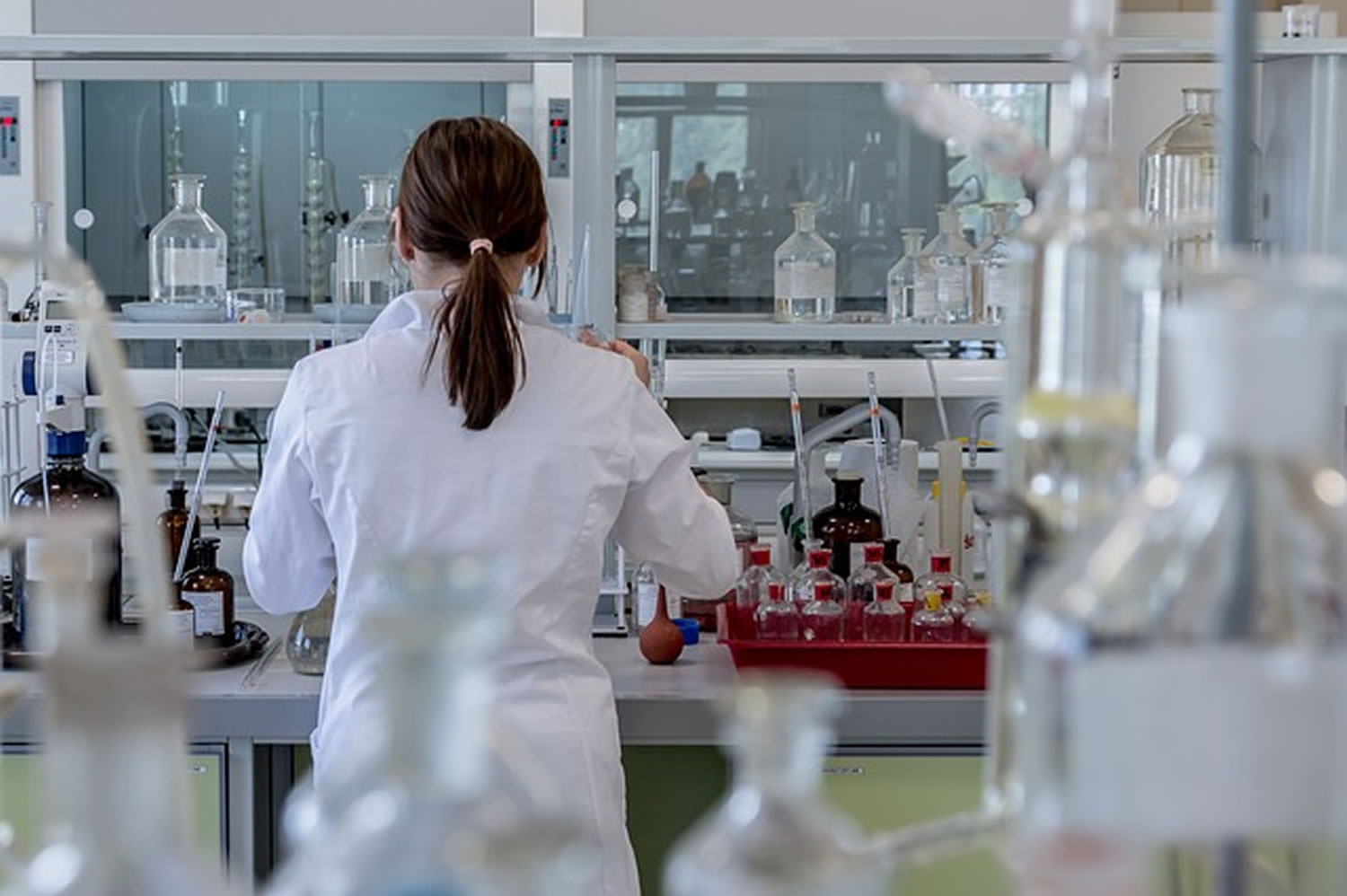Much has been written about why the U.S. healthcare system costs so much and rates so poorly compared with healthcare in other industrialized nations.
Last year healthcare spending skyrocketed to $3.65 trillion, an increase of $250 billion in just two years. That’s more than the GDPs of many countries – including Brazil, the U.K., Mexico, Spain, and Canada – and by far the highest in the developed world.
“The national doctor bill dwarfs anything else we spend money on, including food, clothing, housing, or even our mighty military,” states a 2017 analysis in The Atlantic. It found that five percent of patients, including people with chronic diseases and victims of accidents and violence, account for 50 percent of all medical costs.
“For most people, the vast majority of all the health care they’ll ever get comes near the hour of death. Hundreds of billions of dollars each year are spent treating Americans who are in the last weeks, or days, of life.”
Medical research and development accounted for $171.8 billion in 2016, according to Research!America, less than 4.9 percent of the total $3.5 trillion healthcare bill that year. Hospital and surgery costs accounted for 32 percent, $1.1 trillion. Physician care accounts for about 20 percent and prescription drugs about 10 percent among medical spending categories.
People age 55 and over were responsible for 56 percent of health spending, according to a Kaiser Family Foundation analysis. It found that 36 percent of spending went toward people age 65 and older, while young people 18 and under comprised only 10 percent. Adults age 19 to 64, the largest group, made up 54 percent of spending.
The bottom line: we’re spending only about five percent of our total medical costs on research and 95 percent on everything else. This formula has not served us well when it comes to discovering cures for cancer and other chronic and terminal conditions, including those that affect children.
This fact weighs on my mind and informs our work at Bridge to a Cure. It’s especially acute for me when October rolls around. Oct. 8 is the second anniversary of the day we lost my granddaughter Clara to brain cancer. Her positive attitude and courage never wavered. Her memory inspires me every day to challenge the status quo and to address the barriers that prevent researchers from delivering the breakthroughs our children expect and deserve.
Are we spending that ever-growing $3.65 trillion annually for healthcare as wisely as we should? The answer is an obvious and emphatic “No!” It’s clear to me we would be better off if we reallocated a large chunk of the money we are paying out for hospitalizations, surgery, and end-of-life care and put it into research – beginning with the building of a robust national pediatric cancer database.
Many of the treatments we use today to fight cancer and other diseases, such as radiation and chemotherapy, have horrific side effects. Then there are those hundreds of billions of dollars we spend each year treating folks in their final months, weeks, or days of life. It’s no wonder our healthcare system is so costly, so inefficient, and so ineffective. It’s like we are pouring money into a deep hole, and just keep doing it because it’s the way we have always done it.
We have to find a better way to reallocate more spending to research, and to ensure we spend those dollars as wisely as possible. We advocate a process that focuses research dollars into the five areas we believe hold the most promise when it comes to finding cures and effective treatments for pediatric cancer and other conditions affecting children:
- Develop a robust national database for each pediatric disease and disorder. Provide a process and framework to capture the hundreds of millions of pages of research, medical files, and other information.
- Align and collaborate across institutions and practitioners. Develop a reward and recognition system unique to pediatric research – one that reinforces a culture of collaboration and spans from researcher to investor.
- Include alternative medicine/treatments. Provide an assessment process to qualify as a treatment option in database.
- Capitalize on the proven capability of artificial intelligence. Provide methodology and tools for researchers to extract meaningful findings from the robust database.
- Simplify, sensitize, and modernize the clinical trial process. Streamline processes, pursue simulated research, and balance life expectancy and quality of life, including exemptions to allow terminal patients to participate.
Healthcare spending continues to grow at an alarming rate and is expected to approach 20 percent of GDP in the coming decade. The time is now to for us to demand that we redirect more of that spending to research. It’s the key to curing disease and preventing it in the first place – and to begin reining in costs of our out-of-control system.
To read our prior posts providing solutions to improving our approach healthcare visit www.bridgetoacure.org.
The Bridge to a Cure Foundation is the lead advocate for modernizing our approach to pediatric cancer, with a priority on building a pediatric cancer database to speed up the search for cures. We have met and gained the support of over 120 institutions and practitioners, including the NCI Director Ned Sharpless who has become a forceful proponent and driver of this initiative in Washington. To learn more about the foundation and add your support, visit www.bridgetoacure.org.






